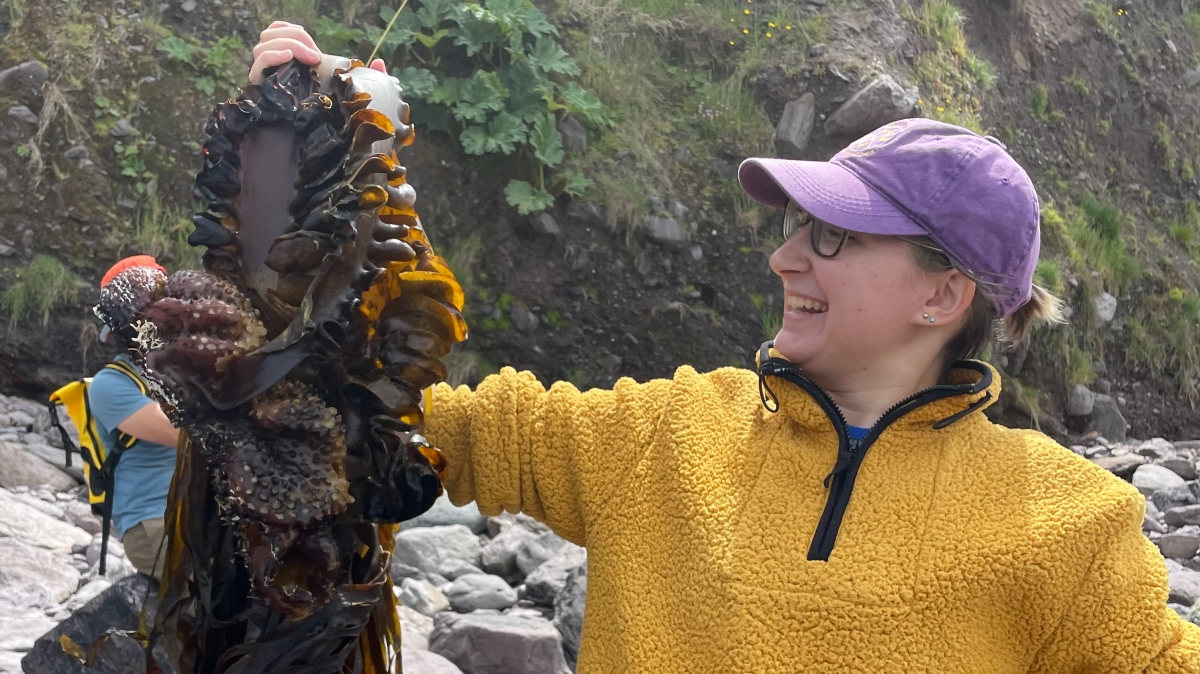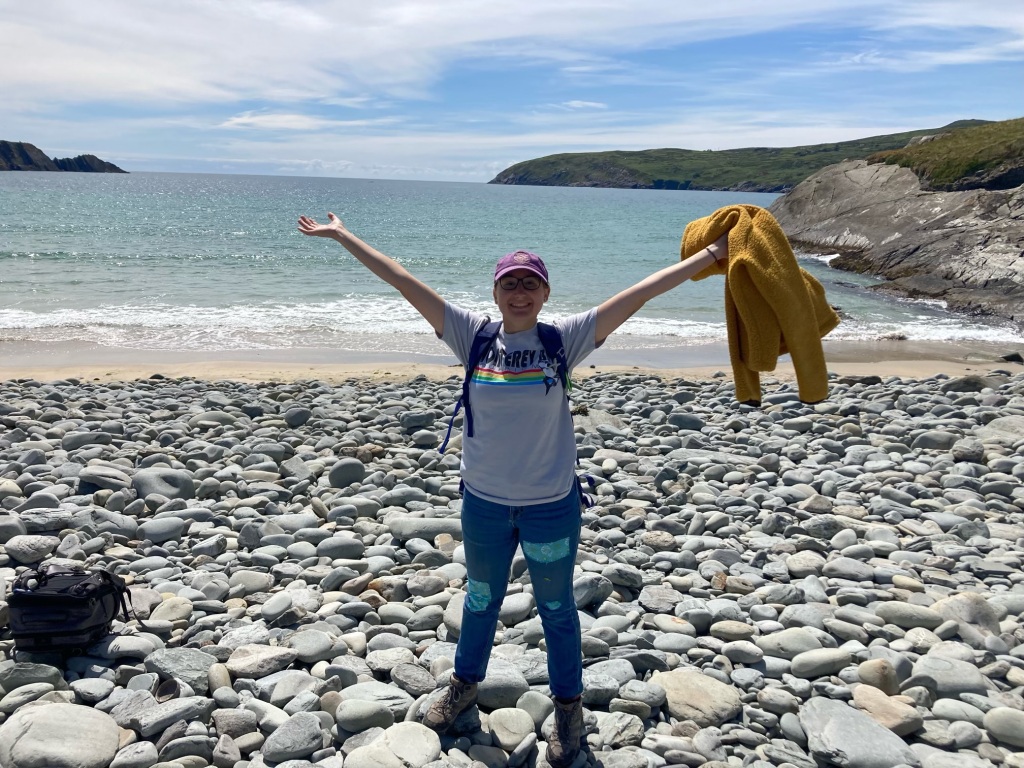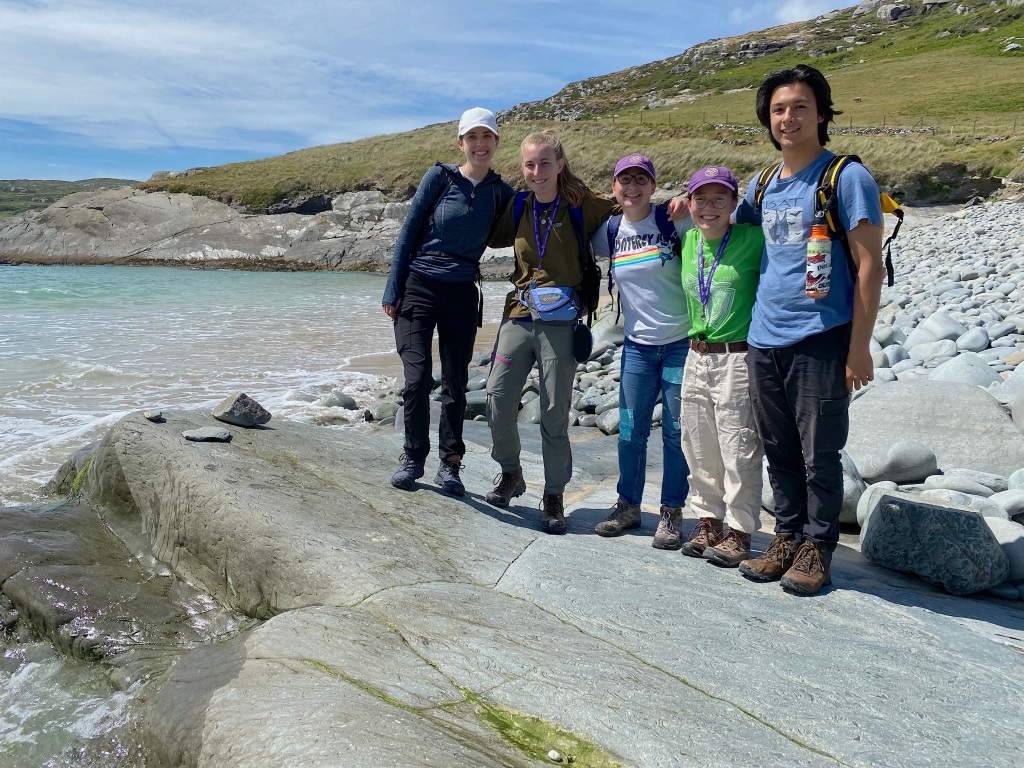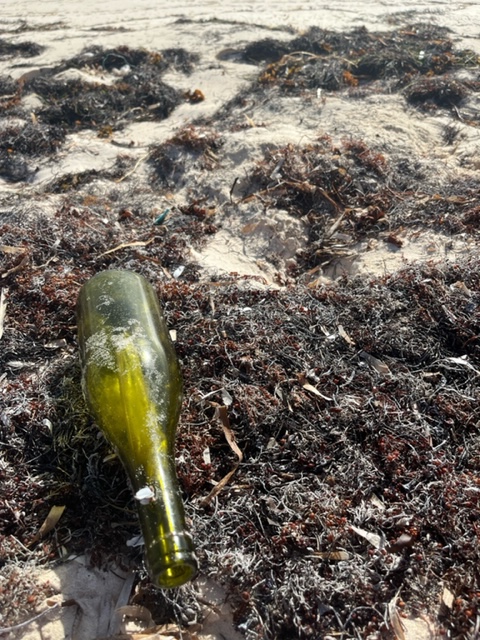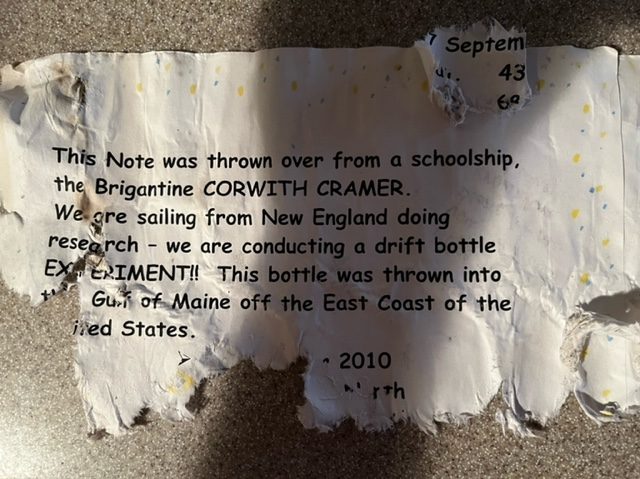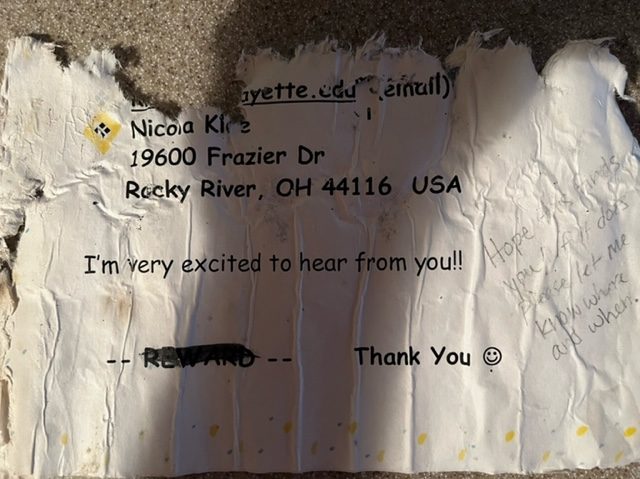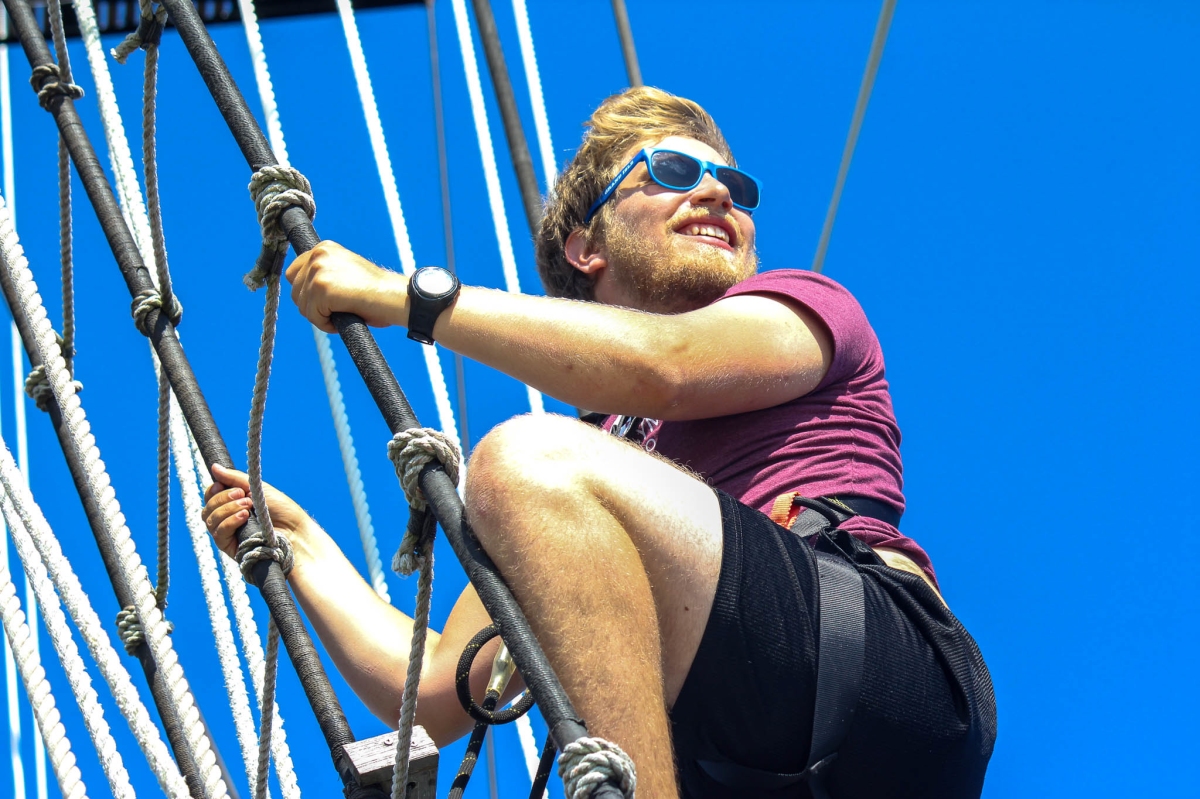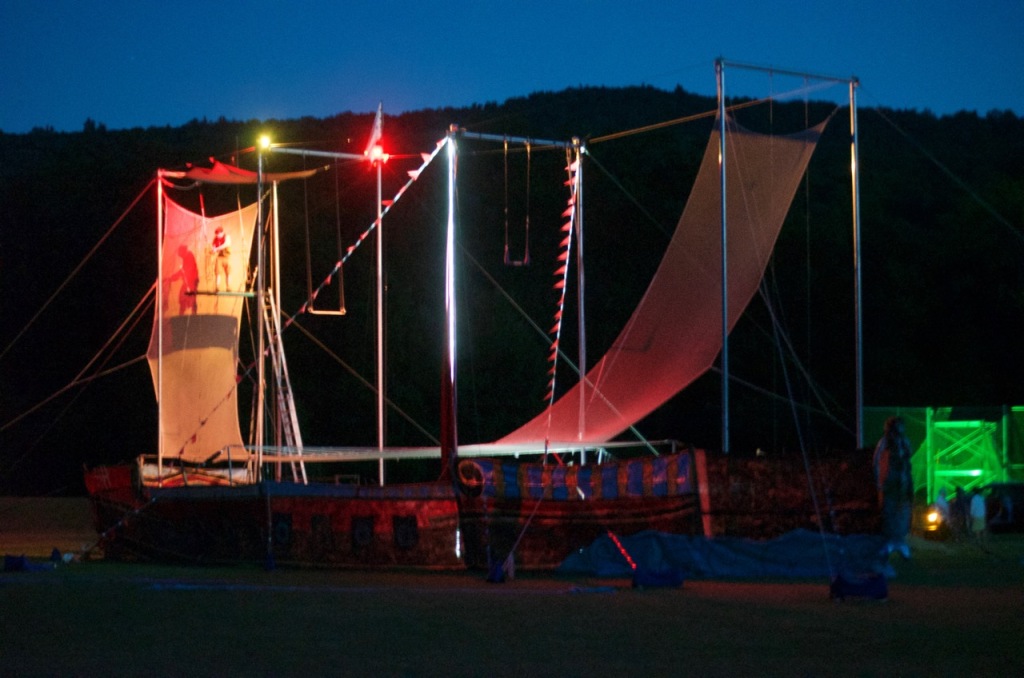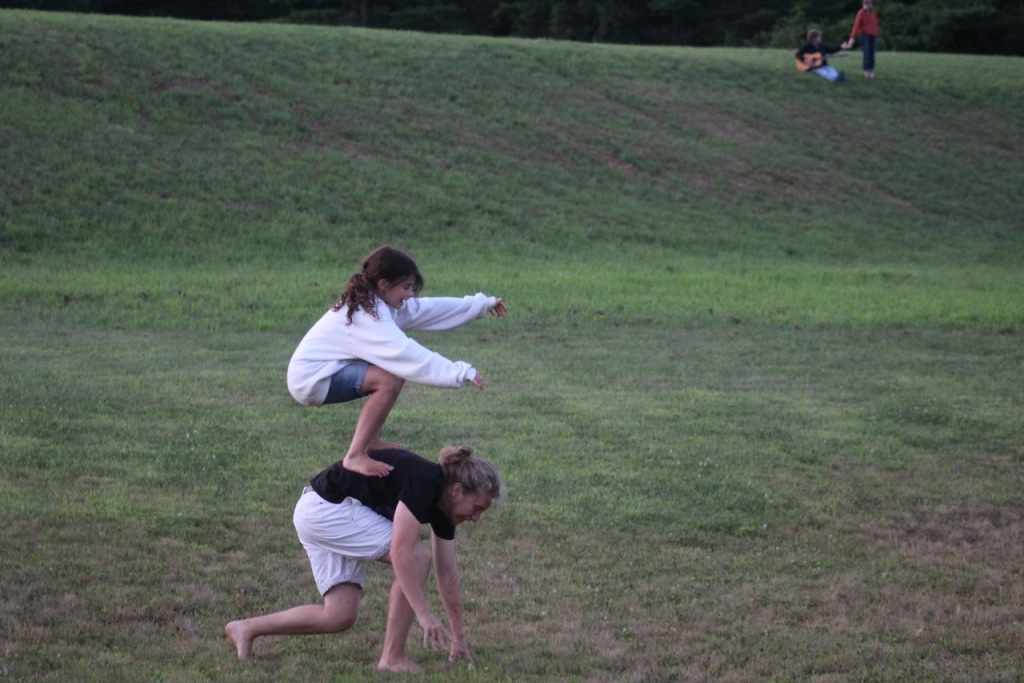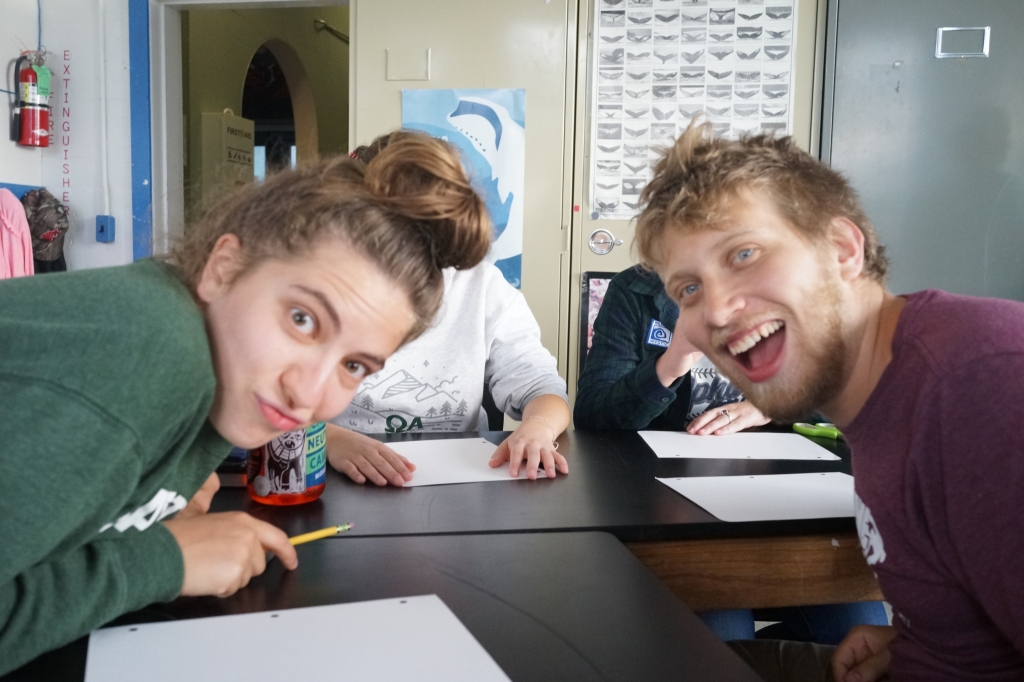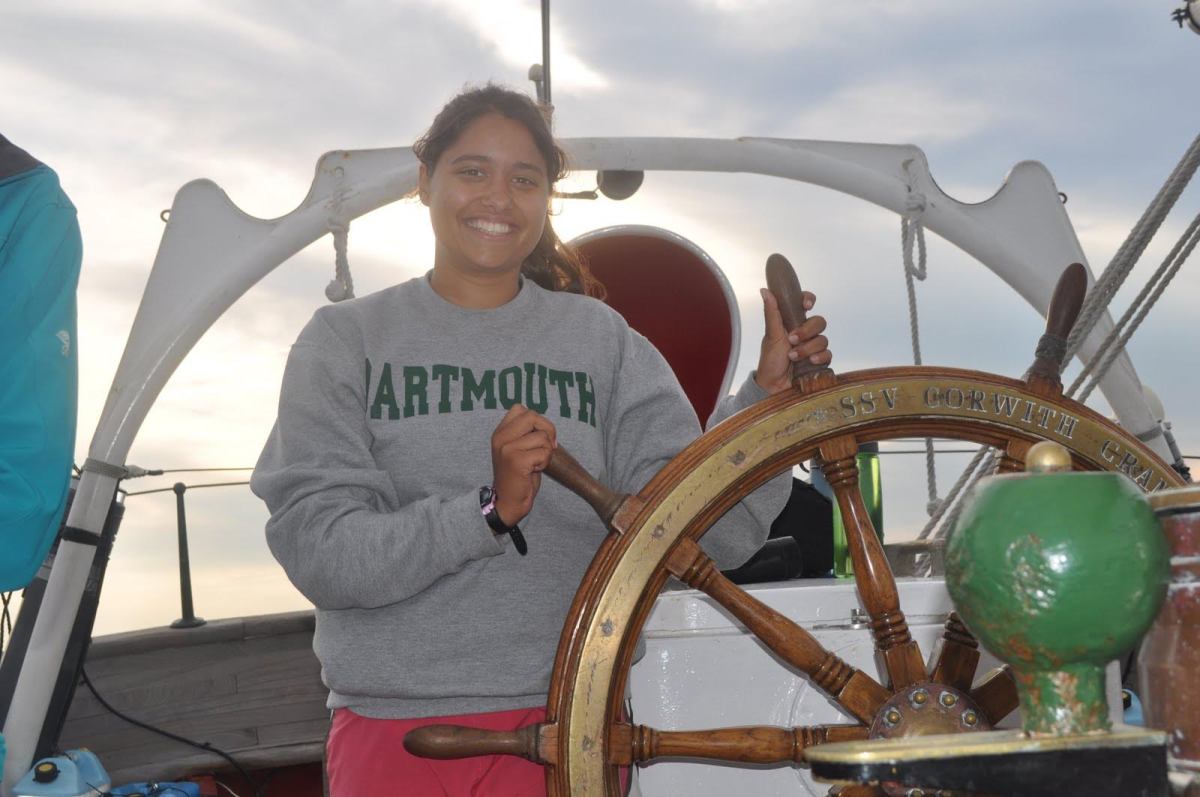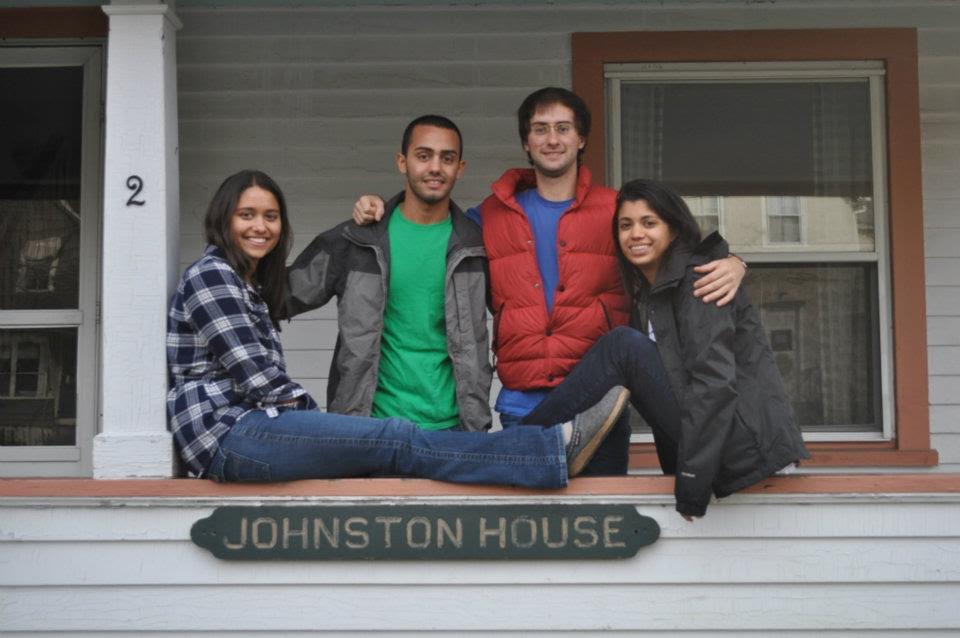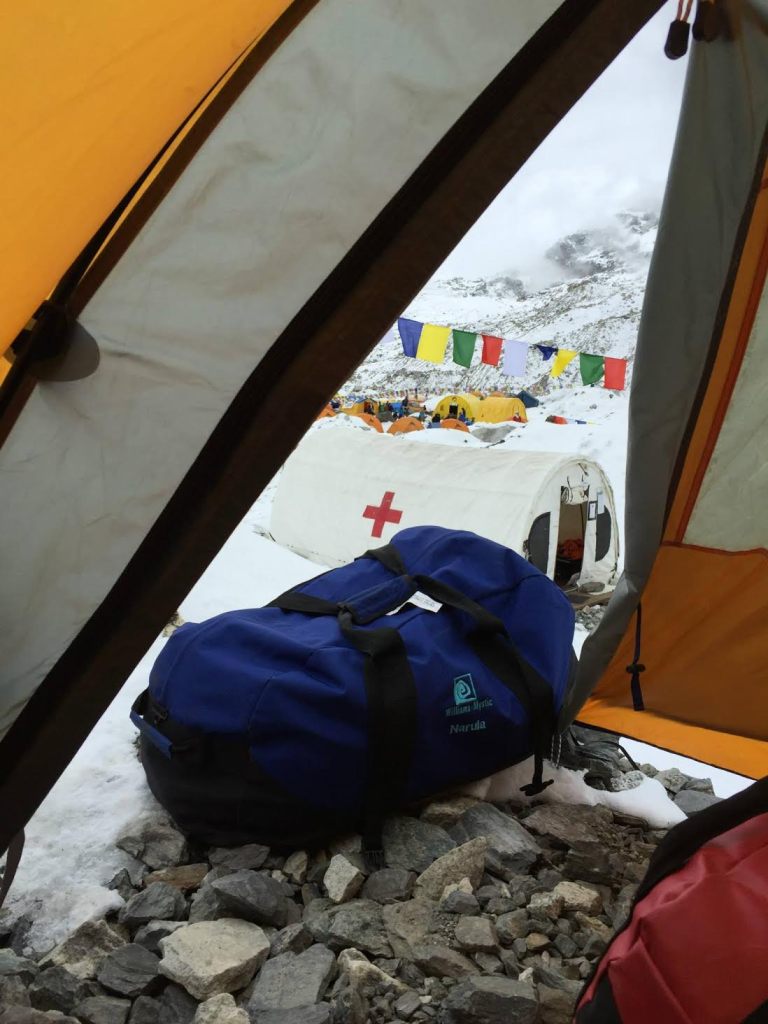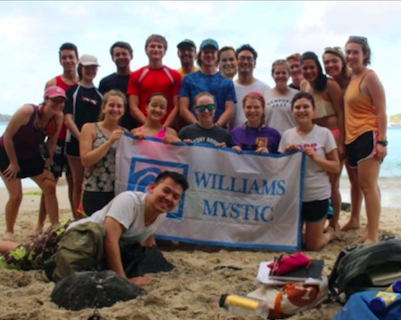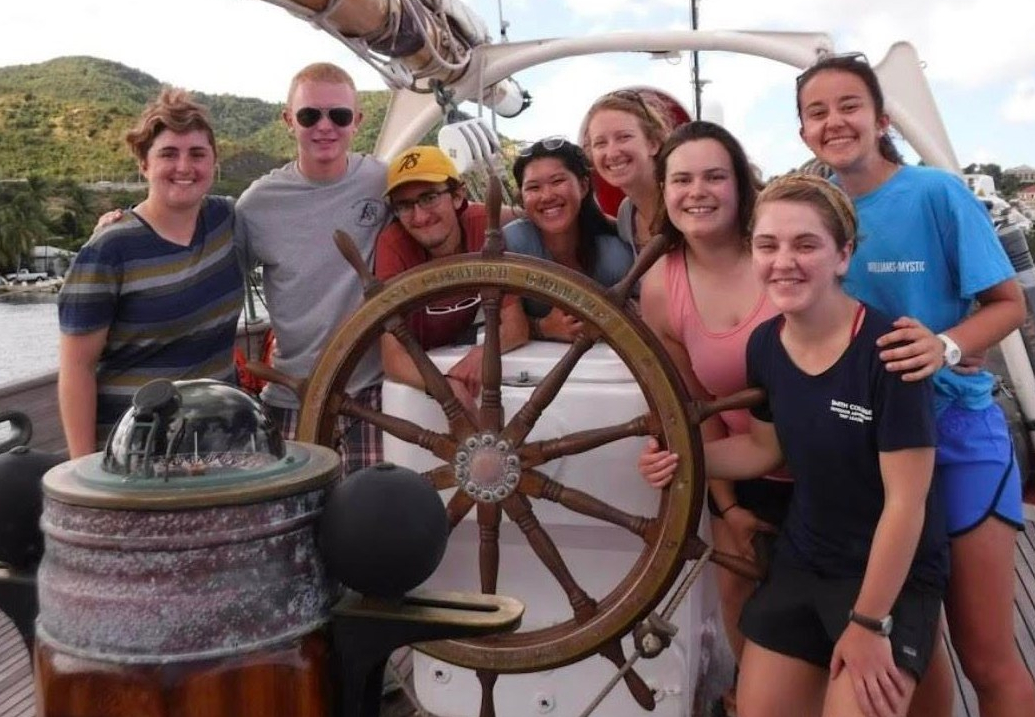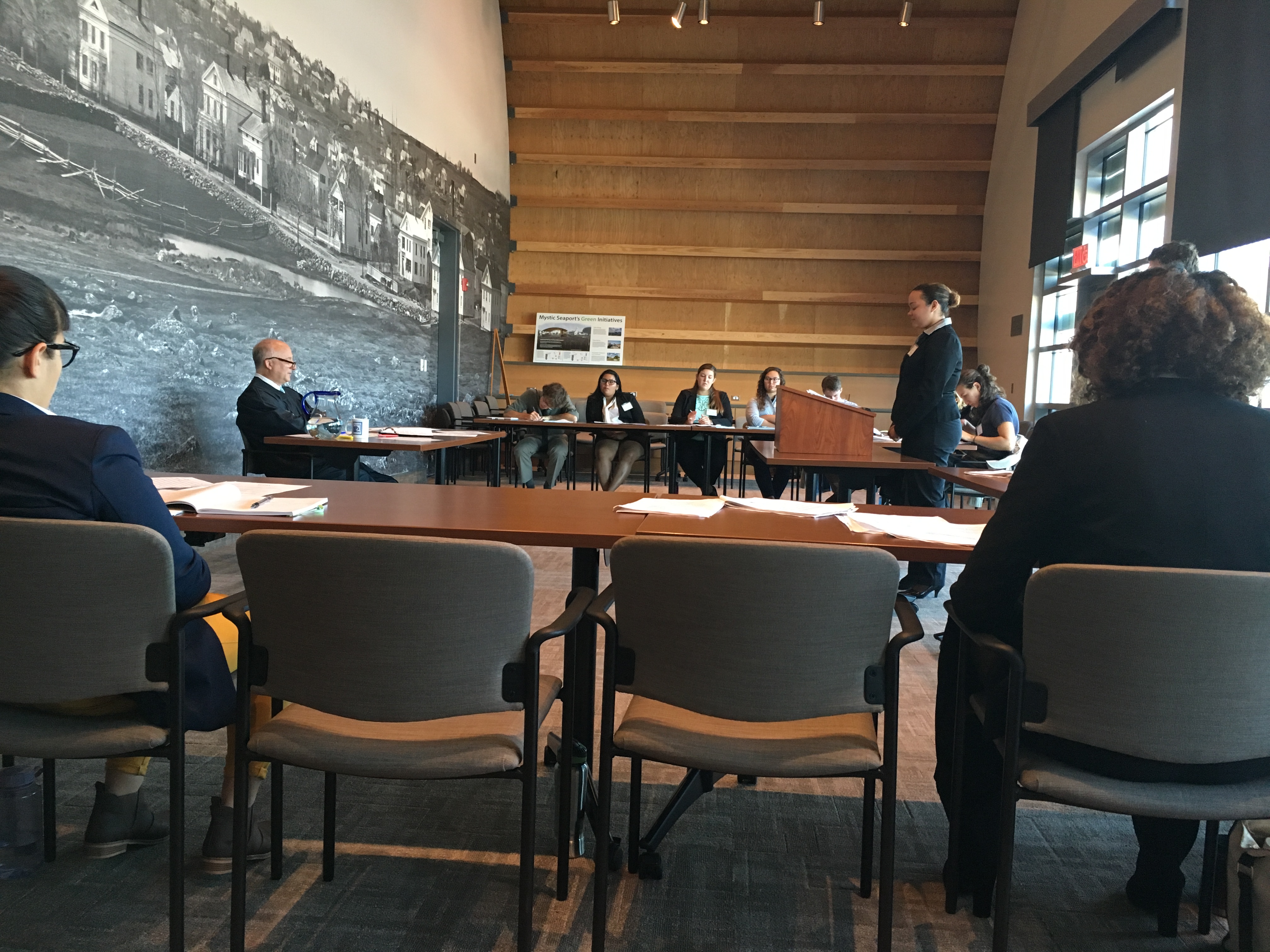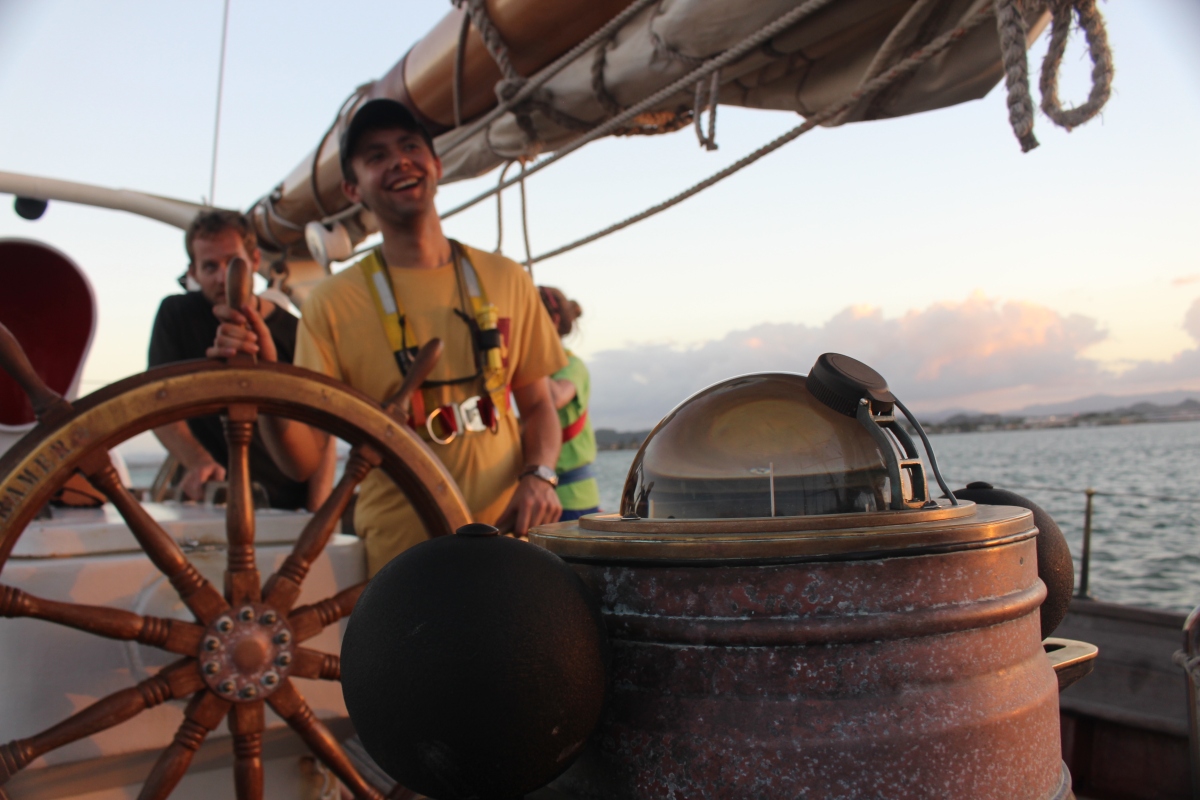by SJ Brusini (S’22)
In the great Venn diagram between Williams-Mystic and Ireland, I did not expect the overlap to be bagpipe music.
Having just come fresh out of a spring semester filled with spider crabs, oblong grapes, and flat sandwiches on Sunday (you just had to be there), going across the Atlantic felt like the farthest thing I could possibly imagine from the quaint seaside energy of Mystic, CT. It felt like I had barely moved out of Carr House when my lab group was packing up and hopping on a flight into Dublin. The aim of the journey? Assorted geoscience research under the incredible Rónadh Cox (say hi to her for me, F’22 and S’23), looking at subtidal boulder deposits and the encrusting marine organisms living on them. Me and my thesis partner were joined by her two underclassmen research assistants were headed over there to study coastal boulder beaches and their properties. A third underclassman researcher wrote music based on waves and boulders.
The actual research was mostly measuring boulders. Actually, it was almost completely measuring boulders, with the occasional foray into the tidepools – I got to find some European green crabs (C. maenas) in their natural, non-invasive, non-Weekapaug Point habitat! My personal highlight was finding an ovigerous green crab at Waterville Beach in County Kerry, after having found so few green crabs over the course of the semester. After being in the field all day, my lab group and I then got to discover our hidden passion for things like digestive biscuits, the TV program “Great Lighthouses of Ireland,” and unplanned caving expeditions. We didn’t get much time for sightseeing, but we did get to see Céide Fields (the oldest stone-walled settlement in the world), Doolin Cave’s Great Stalactite (the longest free-hanging stalactite in Europe), and the beautiful Cliffs of Moher.
On the last day of the trip, we wound up in Dublin for the afternoon to explore. After a pit stop at the Trinity College geoscience building and the sweetest boba I’ve ever had, we stopped to listen to a man who was playing the bagpipes on the side of the street. Almost immediately, I couldn’t help but be reminded of S’22’s spider crab release procession, accompanied by a bagpipe serenade from our own Declan Houlihan. I expected bagpipe music in Ireland, but I didn’t expect it to be the thing that made me feel so close to Williams-Mystic. It was then that I really started to realize: pieces of Williams-Mystic and Spring ‘22 are going to come with me wherever I go, no matter how far away from Mystic I am. Whether it’s Rónadh joking with her brother over the van walkie-talkies, cooking with my lab group at night, or my partner texting me pictures of the crabs we did our project on, my semester on Greenmanville Ave is going to stick. S’22, you have a death grip on my heart. You taught me to be adventurous, to embrace my inner weirdness, and to treat every place like it’s my classroom. They can take me away from the crab bagpipe procession, but they sure can’t take the crab bagpipe procession away from me. Long live Jomothy.
~ this blog post in memoriam of Diane and co, fly high our dear crabby friends~

